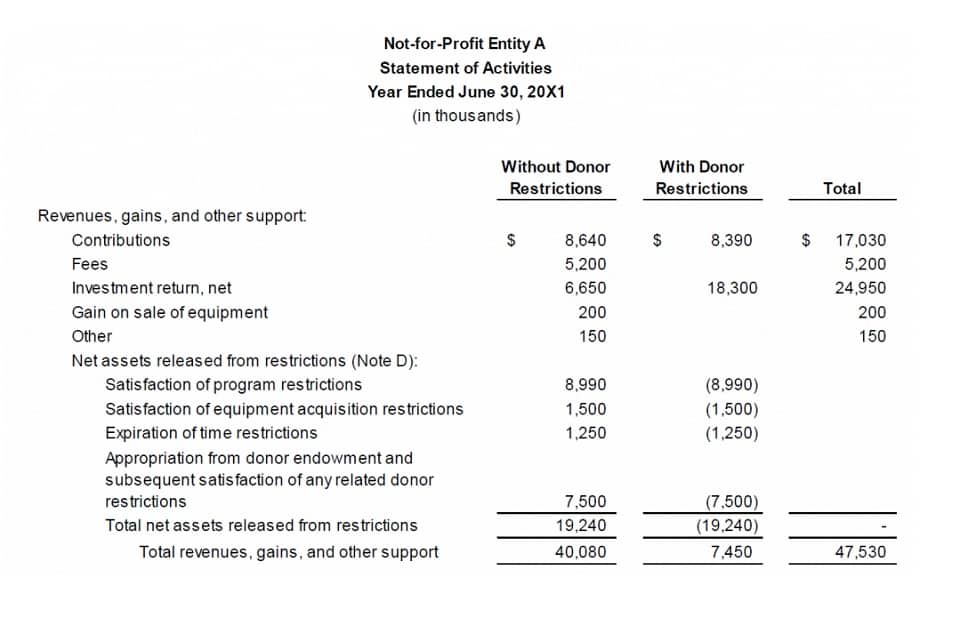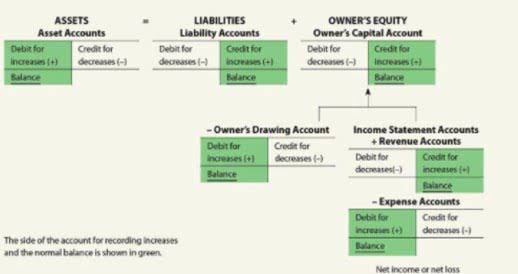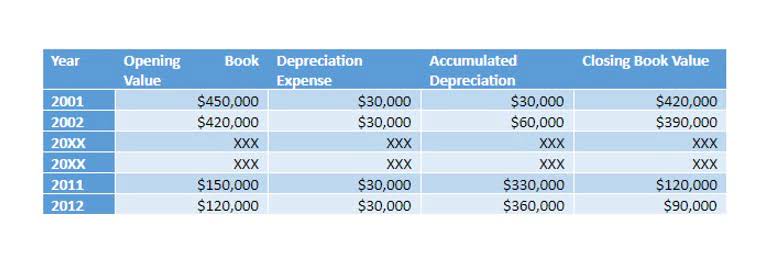
In conclusion, Consumer Packaged Goods (CPG) play a pivotal role in the global economy and significantly influence consumer behavior. By understanding the components, importance, challenges, and strategies related to CPG, businesses can navigate this dynamic industry more effectively. To thrive in the competitive landscape of consumer packaged goods, businesses must implement effective strategies that address industry challenges and leverage opportunities.
Trends in the CPG industry
- Learn everything you need to know about vibe marketing and the best tools available to implement this strategy into your company.
- With a customer-centric approach and a digital-first attitude, CPG brands can thrive in the ever-evolving market.
- The CPG sector is also in the midst of a digital transformation that is radically changing how consumers shop and how brands advertise their products.
- Examples include food, beverages, cosmetics, medication, clothes, cleaning items, and personal care products.
- One of the primary challenges is the rising cost of raw materials and production, driven by inflationary pressures, supply chain disruptions, and geopolitical instability.
White label branding can be particularly effective in today’s market, where speed and efficiency in product development and distribution are crucial. This setup differs from private labeling, which ties products exclusively to cpg accounting one retailer. White label products, on the other hand, are controlled and distributed by the branding company itself, allowing them to reach a wider audience. Brick-and-mortar retailers continue to be vital and irreplacable channel for CPG product distribution. These physical locations not only allow for product display and direct consumer interaction but also play a crucial role in brand presence in the competitive retail landscape. This sector includes everything from basic toiletries and cosmetics to essential hygiene products such as soaps, shampoos, perfumes, and skincare items.
- The report also profiles leading players in the market, providing an overview of their strategies, product offerings, and recent developments.
- And right now, DTC startups are busy nibbling away at traditional CPG brands’ profits.
- The growing health and wellness movement is significantly influencing the CPG industry.
- Martech Zone is a leading publication dedicated to marketing technology, strategies, and innovation.
- And in 2024, over half of retailers expected private labels to be their primary growth driver, indicating a continued uptick in growth.
- It’s essential for CPG brands looking to optimize their e-commerce strategies and improve sales performance.
- However, the demand is also high, so success can lead to revenue and increased market share quickly.
What are the challenges facing the CPG industry?

As a result, companies within the CPG sector are capitalizing on these changing demands by expanding their product portfolios and enhancing their supply chains. E-commerce platforms are playing a critical role in driving market growth by providing easy access to CPG products for a global customer base. The rise of online grocery shopping, in particular, has been a game-changer, bookkeeping as consumers prefer the convenience of home delivery for everyday necessities. In parallel, advancements in supply chain technology and data analytics have enabled CPG companies to optimize inventory management, reduce costs, and improve product availability.

More Private Label Brands Launch

For example, AI can be used to optimize supply chain management, reducing waste and increasing efficiency. Purchasing patterns are influenced by various factors such as price, convenience, and quality. For instance, if a product is priced too high, consumers may opt for a cheaper alternative. Similarly, if a product is not readily available, consumers may switch to a substitute product. Consumer packaged goods (CPG) are products that are consumed by the average consumer daily. 70% of the top DTC subscription brands use product quizzes (usually during or before the signup process) to help personalize the customer experience.

Bridging the Digital Spend Gap
- This demand is pushing companies to adopt recyclable, biodegradable, or compostable materials.
- Its content includes grooming tutorials, barbershop transformations, and personal stories from its community, offering real value and entertainment.
- Another significant CPG industry trend is the rise of direct-to-consumer (DTC) models.
- Dollar sales of private-label products increased more than 8% in the first half of 2023, and these products now account for 19% (dollar value) of CPG sales.
- To put it into perspective, the sector provides a staggering 20.4 million jobs.
Toss in the dynamic wave of e-commerce and the challenges brought on by global inflation, and you’ve got a recipe for the ever-shifting landscape of CPG. The CPG sector is also in the midst of a digital transformation that is radically changing how consumers shop and how brands advertise their products. One of the most important ways a CPG Medical Billing Process manufacturing business can optimize their sales of both CPG and FMCG products is by using retail analytics. If you don’t know what products are selling fastest and in what markets, you risk falling behind. If you know one of your products is selling faster than others, you can invest strategically to increase sales velocity and gain more distribution.
Ready to talk with a marketing expert?

Another technological advancement that is likely to have a big impact on the future of CPG is the Internet of Things (IoT). IoT devices can be used to collect data on consumer behavior, allowing companies to create more personalized products. For example, a smart refrigerator could track the items that a consumer frequently purchases and automatically order them when they run out. Personalized messaging must now extend across SMS, email, web, and app notifications—ideally backed by unified profiles and real-time behavioral insights.